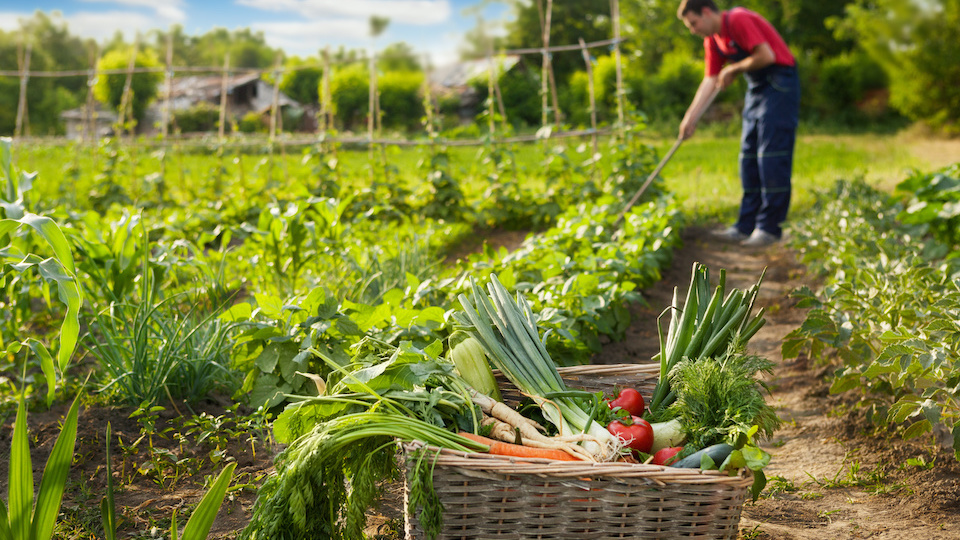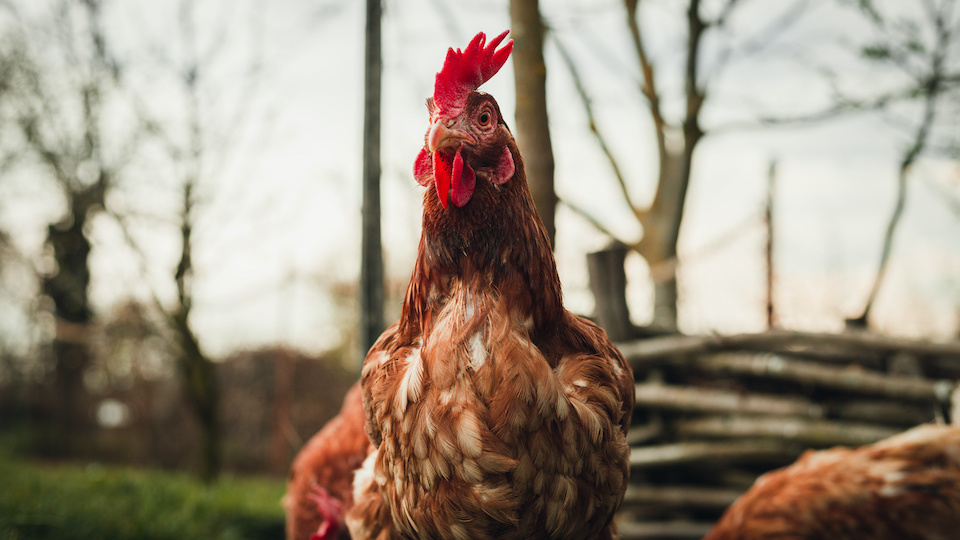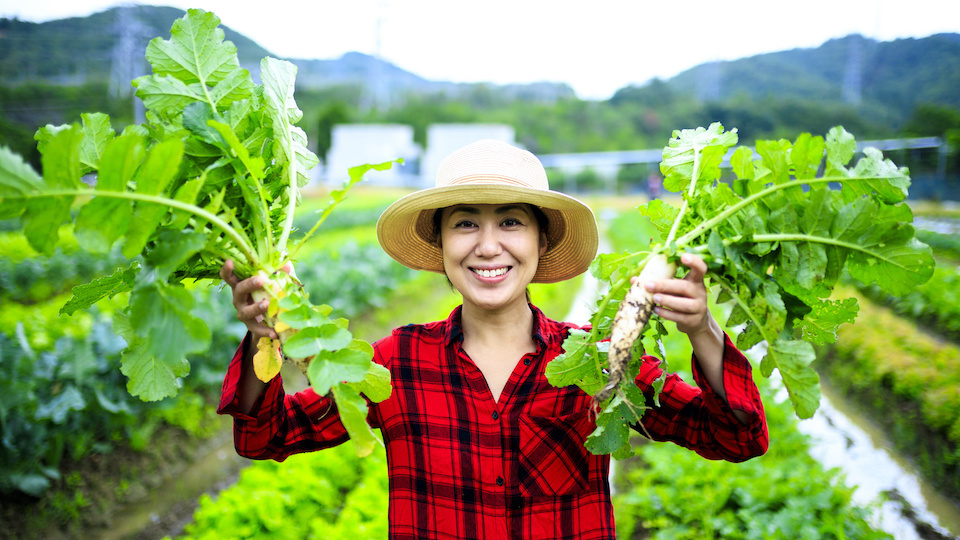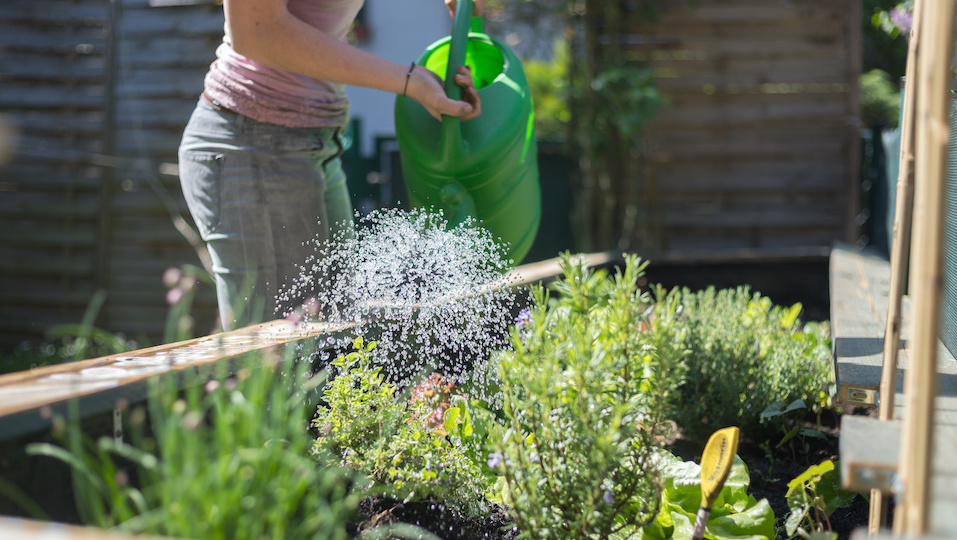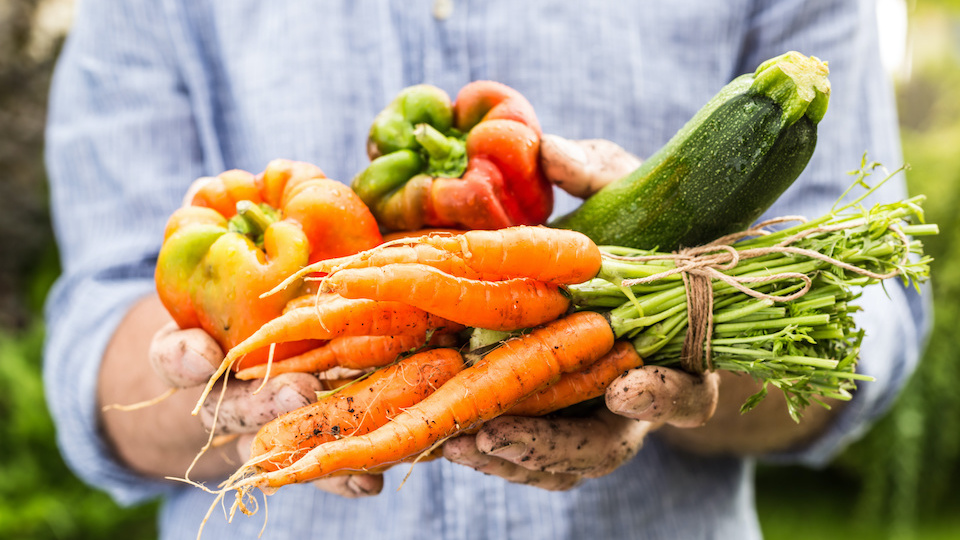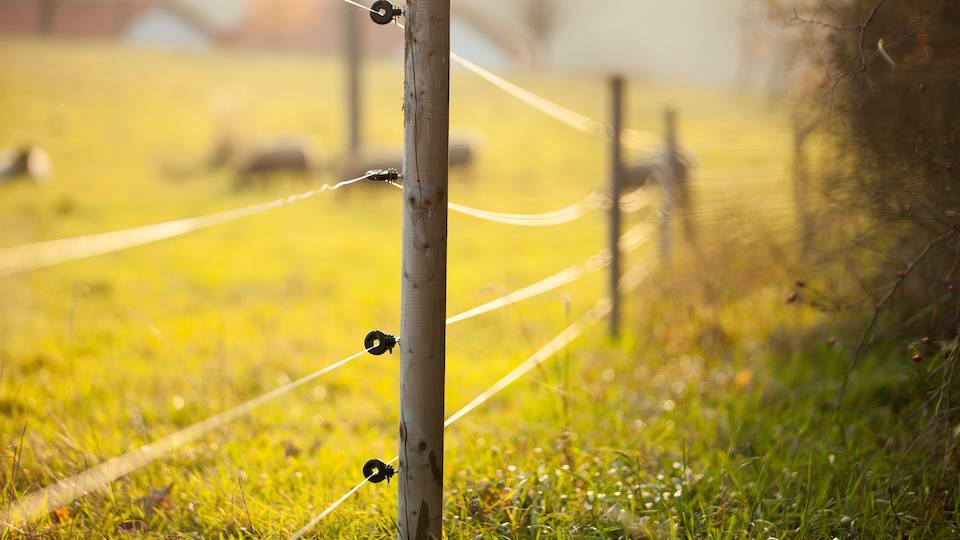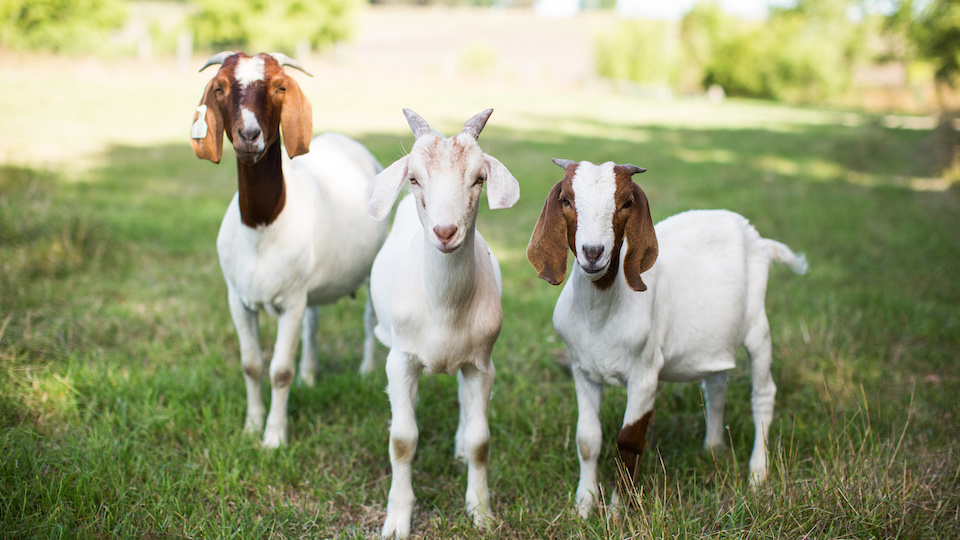Tips for Homesteading on a Half-Acre
We tend to think of homesteading as living on a farm. Don’t assume that you need acres to live off the land or be more or even wholly self-sufficient. A half-acre can fit a garden of a decent size, a small orchard, a small greenhouse, a work shed, a chicken coop, and even a couple of beehives.


